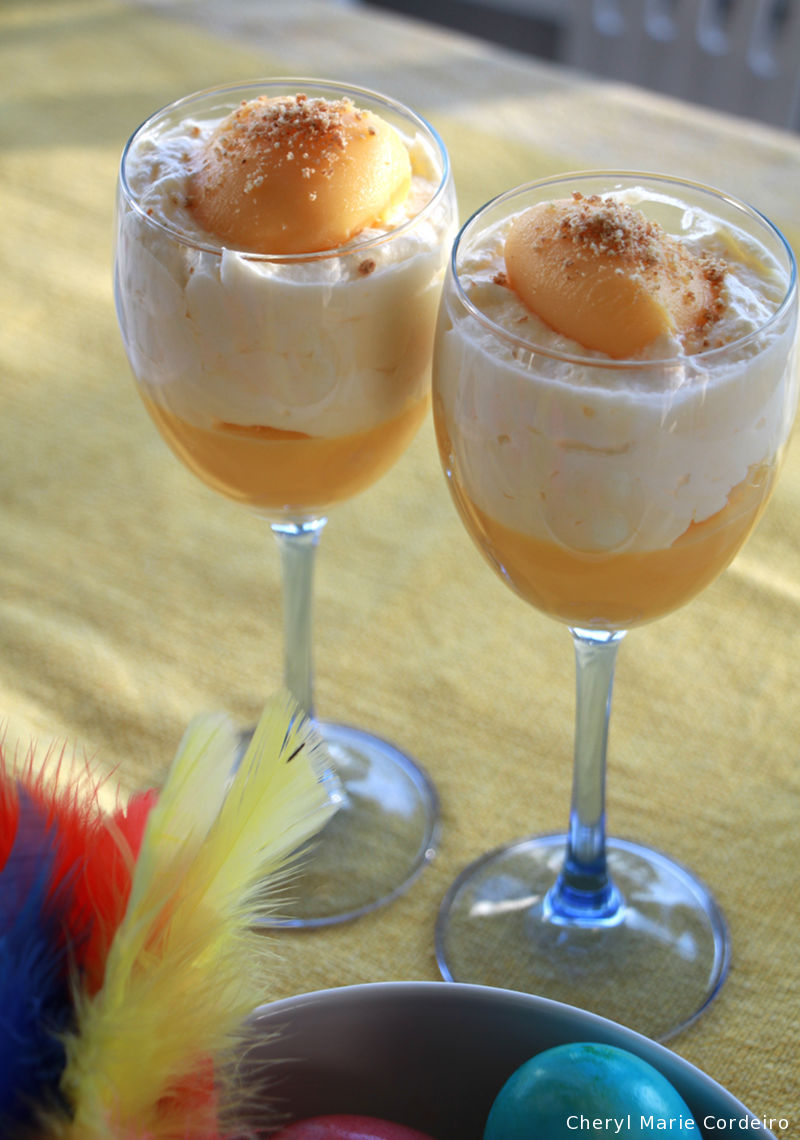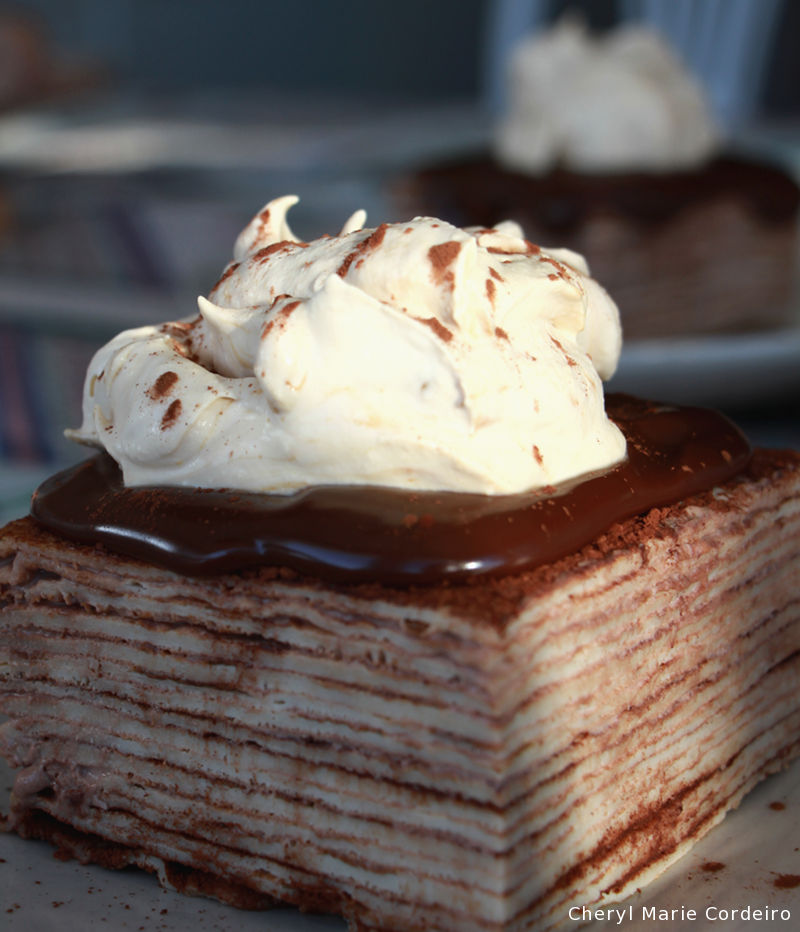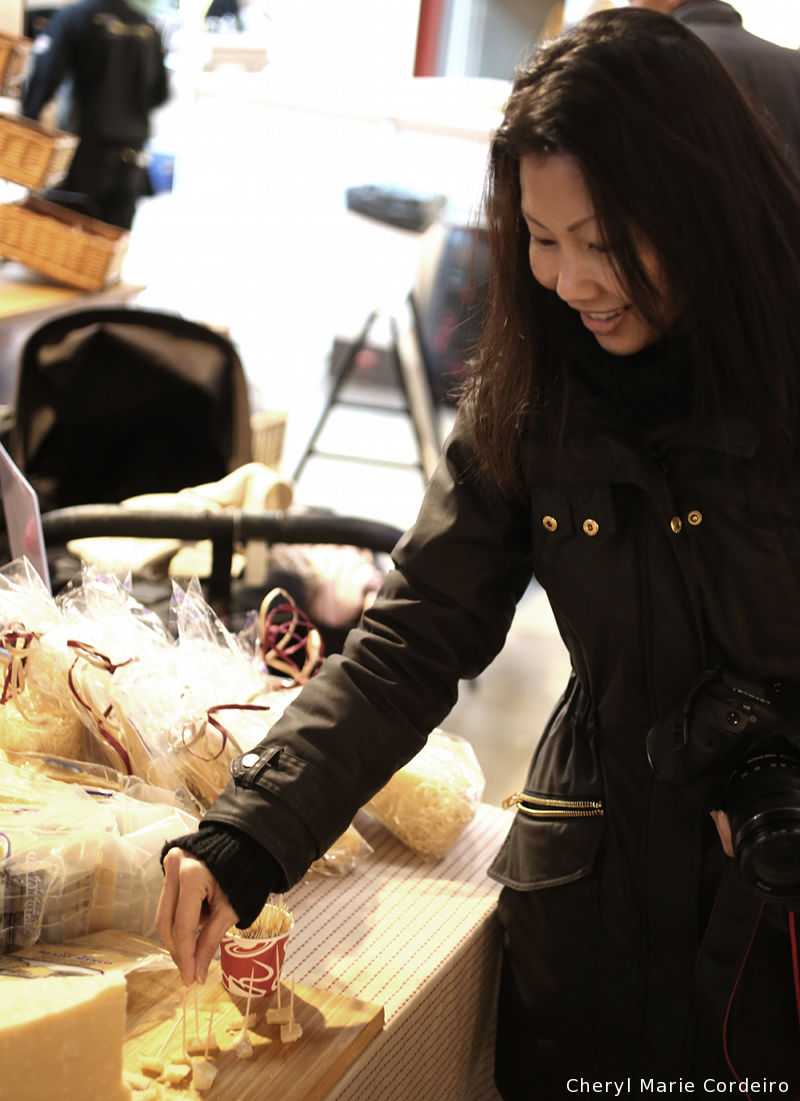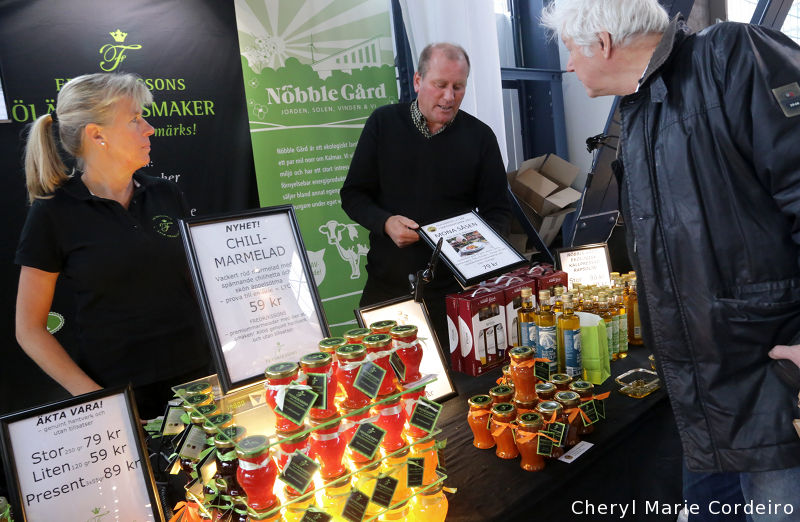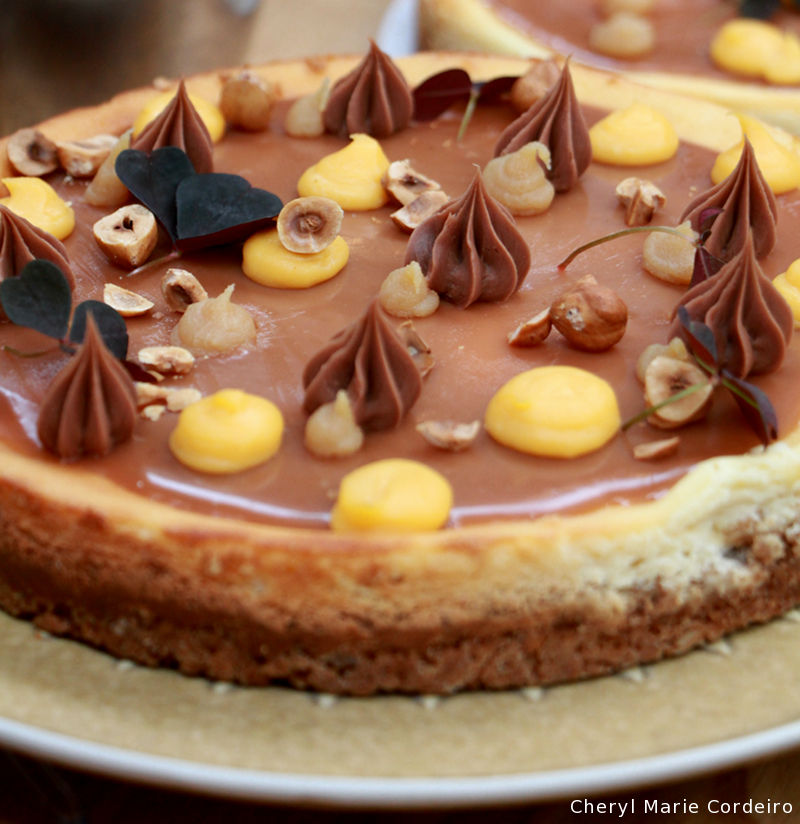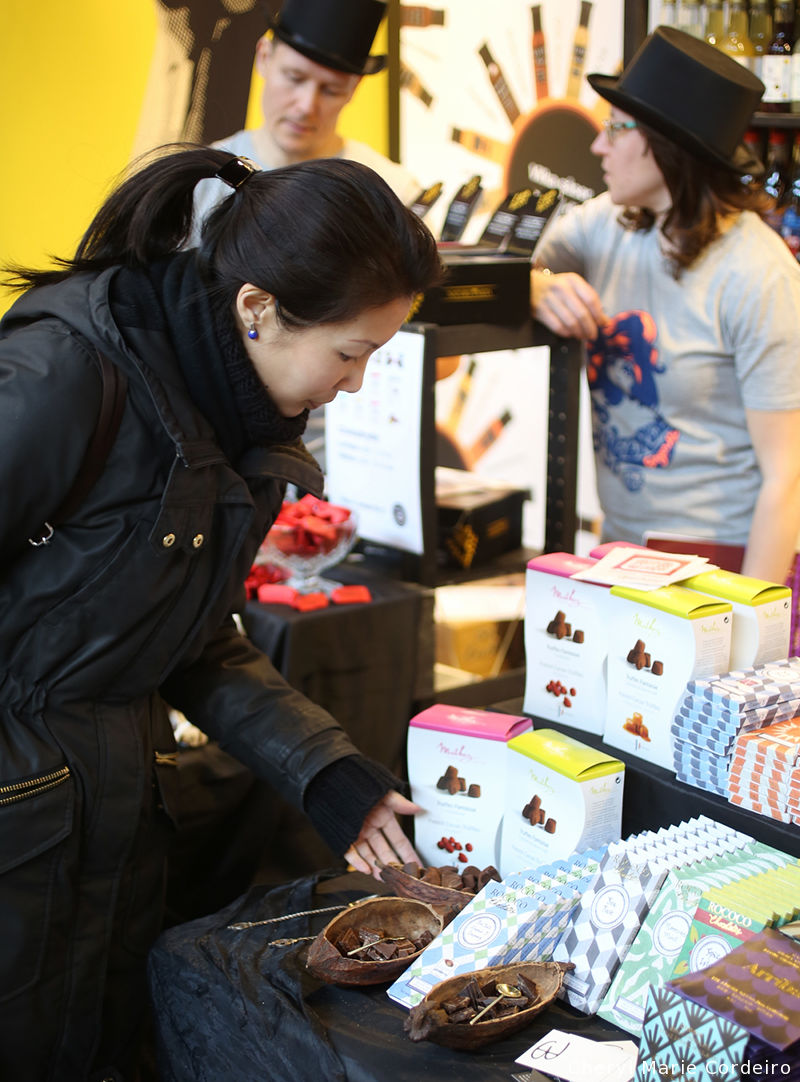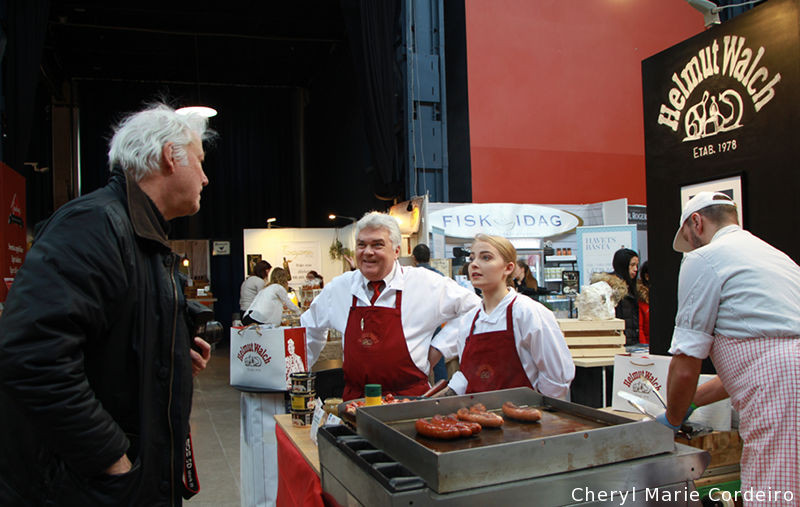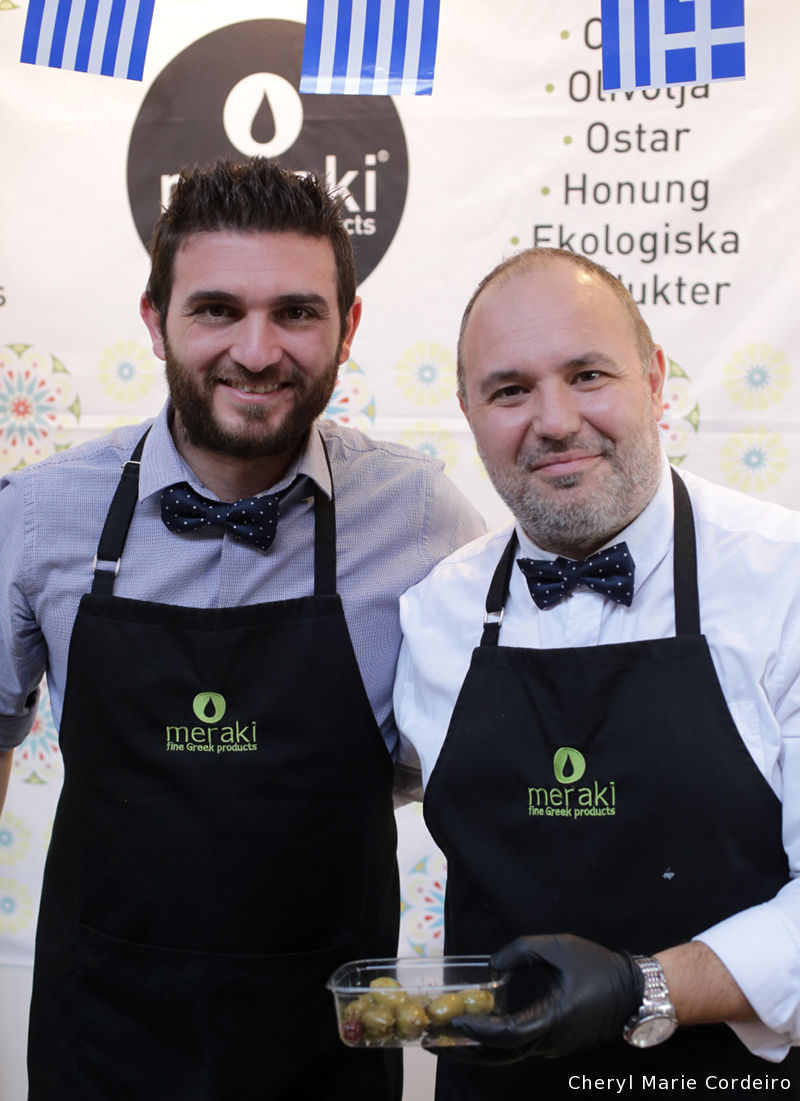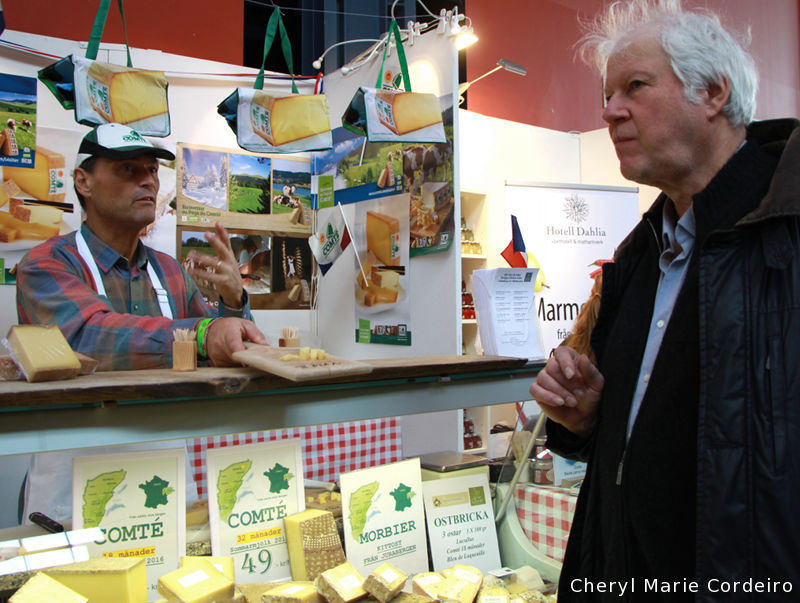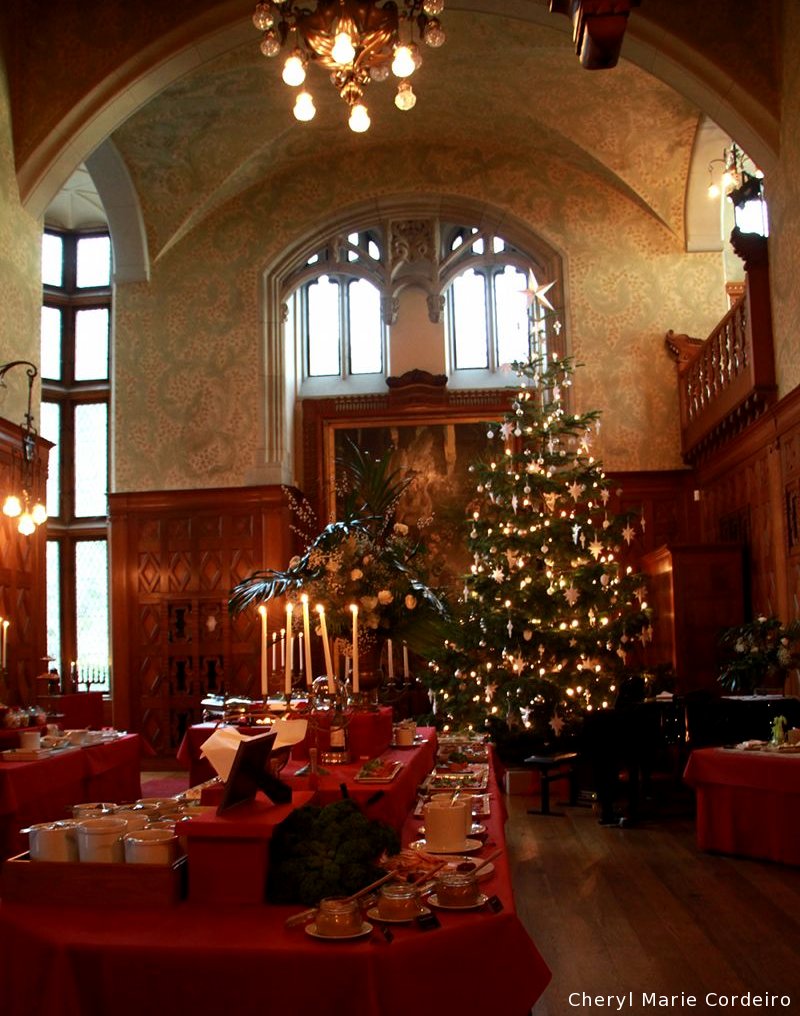Lemon curd parfait.
Text & Photo © JE Nilsson, CM Cordeiro 2018
This astronomical Easter [1], I found myself falling in love with lemon curd. Well, actually, I’ve been reading about at lemon curd recipes for some months now, how to make variations of it, and how to use it further in other recipes. I remember that in 2012, I had tried my hand at lemon custard cupcakes. The lemon custard recipe I used then was alright, but not something to totally fall in love with, especially if you are a fan of kaya, the Southeast-Asian screwpine/pandan leaf coconut marmalade found most notably in Singapore and Malaysia. Yesterday, I came across what looked like the perfect lemon curd recipe published by ChefSteps in 2014 [2], made sous vide. I had to give it a try, albeit sans sous vide.
